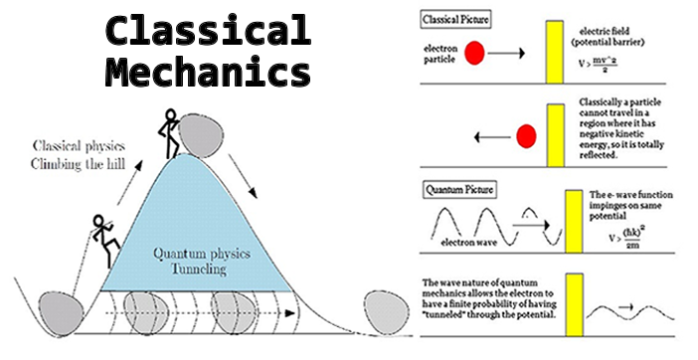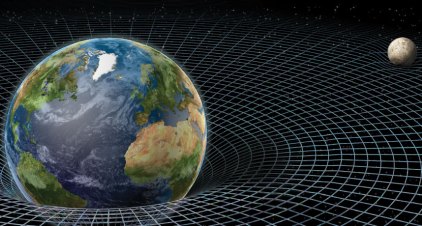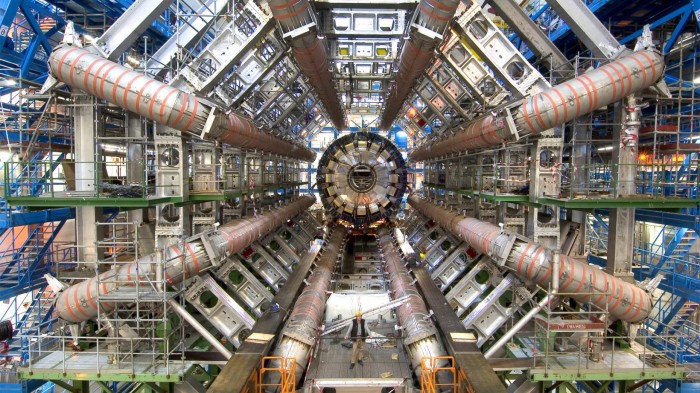by Abhijith.A.D(2016-2019)
https://www.facebook.com/abhijith.vjmd
In physics, classical mechanics, also known as Newtonian mechanics, is one of two major sub-fields of mechanics developed principally by Isaac Newton and Gottfried Wilhelm Leibniz. The other sub-field is quantum mechanics.
Classical mechanics is concerned with the set of physical laws describing the motion of bodies under the influence of a system of forces. The study of the motion of bodies is an ancient one, making classical mechanics one of the oldest and largest subjects in science, engineering, and technology, though textbook authors often consider Newtonian mechanics, along with Lagrangian mechanics and Hamiltonian mechanics, as the three main formalisms of classical mechanics.

Classical mechanics describes the motion of macroscopic objects, from projectiles to parts of machinery, and astronomical objects, such as spacecraft, planets, stars, and galaxies. Within classical mechanics are sub-fields, including those that describe the behavior of solids, liquids, and gases. Classical mechanics provides extremely accurate results when studying large objects that are not extremely heavy (i.e. their Schwarzschild radius is negligibly small for a given application) and speeds not approaching the speed of light. When the objects being examined are sufficiently small, it becomes necessary to introduce the other major sub-field of mechanics: quantum mechanics. This sub-field adjusts the laws of physics of macroscopic objects for the atomic nature of matter by including the wave-particle duality of atoms and molecules. When neither quantum nor classical mechanics apply and the objects are not extremely heavy, such as at the quantum level with high speeds, quantum field theory (QFT) becomes applicable. In case that objects become extremely heavy, deviations from Newtonian mechanics become apparent and can be quantified by using the Parameterized post-Newtonian formalism. In that case, General relativity (GR) becomes applicable. However, until now there is no theory of Quantum gravity unifying GR and QFT in the sense that it could be used when objects become extremely small and heavy.

The term classical mechanics was coined in the early 20th century. It describes the system of physics started by Isaac Newton and many contemporary 17th century natural philosophers. It is also built upon the earlier astronomical theories of Johannes Kepler, based on the precise observations of Tycho Brahe and the studies of the terrestrial projectile motion of Galileo. Since these aspects of physics were developed long before the emergence of quantum physics and relativity, most sources exclude Einstein’s theory of relativity from this category. However, a number of modern sources do include relativistic mechanics, which in their view represents classical mechanics in its most developed and accurate form.
The earliest development of classical mechanics is often referred to as Newtonian mechanics. It consists of the physical concepts employed by and the mathematical methods invented by Newton, Leibniz, and others. Later, more abstract and general methods were developed, leading to the reformulations of classical mechanics known as Lagrangian mechanics and Hamiltonian mechanics. These advances, made predominantly in the 18th and 19th centuries, extend substantially beyond Newton’s work, particularly through their use of analytical mechanics.


